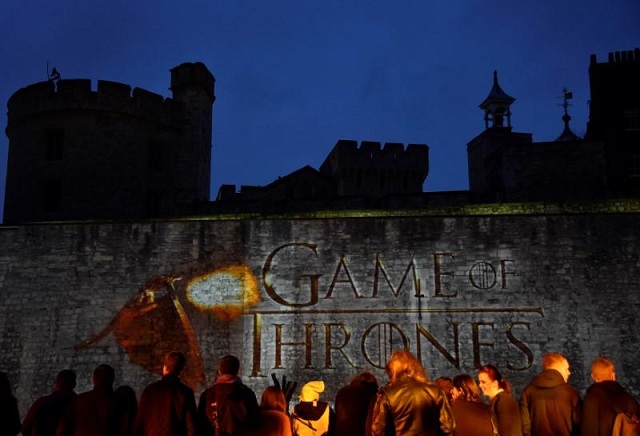

As I listened to Zeeshan, it dawned on me that he was not talking about the local gangs; he was referring to the law-enforcement agencies. This conversation took place in March 2014 — six months after the operation began. Over a year and a half later, and particularly after the brutal killing of 45 people in Safoora Goth on May 13, many are beginning to ask questions about the effectiveness of the Karachi operation.
While many of my friends in Lyari feel that the situation in their area has improved as a result of the operation, many also question the methods employed by the law enforcement agencies, which reportedly killed 925 ‘suspects’ in 2014 and 234 between January and April 2015 alone, mostly in deprived, ‘no-go’ areas of the city.
Such staggering statistics should raise a series of questions regarding the grounds on which these people were labelled ‘suspects’. What kind of evidence was provided against them and by whom? Was any due process followed at all or were these simply the most convenient targets that could be found at the time? Such questions are rarely, if ever, raised in public and the few people who do dare to ask them are accused of either being naive for not understanding the ground realities in Karachi, or are deemed to be ‘traitors’.
The young men in Lyari tell me how they have trained themselves not to run if a search operation in their area is being conducted no matter how scared they are, because if they do, they will be shot on sight. They recount stories of daily harassment. They tell me about young men they know who have been picked up and never returned for reasons unknown, or whose bodies are found after being killed by unknown assailants. Since the operation began, the fear of gangsters has been replaced by the fear of our law-enforcement apparatus, which is believed to be capable of greater violence than the gangs, and with less accountability.
The massacre at Safoora Goth has revealed the failures of the security strategy being followed at the city and national levels. However, rather than taking responsibility for its failures, the state has chosen to respond by looking for easy scapegoats. This is true of the hundreds of people killed in ‘encounters’ in Karachi and those who have been executed since the moratorium was lifted on the death penalty.
In all of these cases, the strategy of the state seems to be to make it appear as if it is ‘doing something’. The problem with this strategy is that not only does it fail to curb the root causes of violence, it actually compounds the violence at the cost of innocent lives. This flawed strategy may fool people into believing the problem of crime and terrorism is being solved in the short term, but will do nothing to deal with the myriad causes of violence in the long term. The question that should concern us the most is: how many more innocent lives need to be lost before the state decides to reconsider its course?
The Express Tribune, May 25th, 2015.
Like Opinion & Editorial on Facebook, follow @ETOpEd on Twitter to receive all updates on all our daily pieces.

1725967717-0/Untitled-design-(3)1725967717-0-165x106.webp)
1719925273-0/BeFunky-collage-(46)1719925273-0-165x106.webp)
1730412280-0/kamala-(3)1730412280-0-165x106.webp)








COMMENTS (4)
Comments are moderated and generally will be posted if they are on-topic and not abusive.
For more information, please see our Comments FAQ